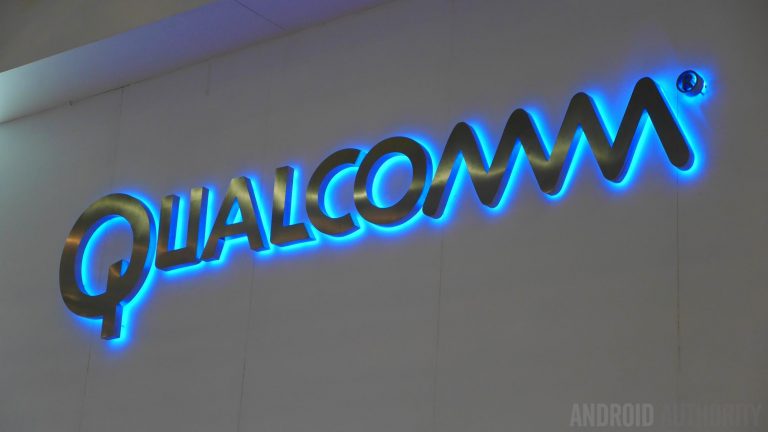
QUALCOMM, Inc (NASDAQ:QCOM) is changing its relationship wtih Samsung. It was back in 2015 that the chipmaker made the announcement regarding the Snapdragon 820 processor. It was a chip to help address power consumption issues since it did not want to go through the challenges it encountered way back with the prior-generation Snapdragon 810 chip.
The manufacture of Snapdragon 810 borrowed from the Taiwan Semiconductor (NYSE:TSM9) 20-nanometer technology. Samsung is the company behind each and every 800 series Snapdragon processor unveiled after the Snapdragon 810.
In its recent statement, Qualcomm disclosed that it had plans underway to go back to TSMC to help with the manufacture of its premium processors which are set to be unveiled in 2019, termed the Snapdragon 855.
A semiconductor industry executive outlined that Qualcomm had decided to rely on TSMC in building the Snapdragon 855 and that was after coming to the realization that Samsung didn’t have the capacity to churn out the desired 7-nanometer chips in 2018.
Samsung’s second-generation 10-nanometer technology commonly referred to as 10LPP will play a significant role in developinng Qualcomm’s Snapdragon 845 chips. These are the ones that will be powering allpremium smartphones that will be launched in the course of 2018.
In its recent statement, Samsung disclosed that the 10LPP provided a 10% performance boost and that was much better than the first-generation 10-nanometer technology that also went by the name 10LPE.
The company has also gone ahead to disclose that 8LPP is the successor to 10LPP technology and it borrows pretty much from the 10LPP technology. However, it is critical to point out that it covers numerous changes which are targeted at building the capacity to deliver a 10% reduction in chip area.
The company’s spokesperson opined, “8LPP should be a reasonable improvement over 10LPP, but it isn’t quite the jump that TSMC’s 7-nanometer technology will offer compared to Samsung’s 10LPP. TSMC’s 7-nanometer technology will likely have an area and possibly a performance advantage over Samsung’s 8LPP.”




